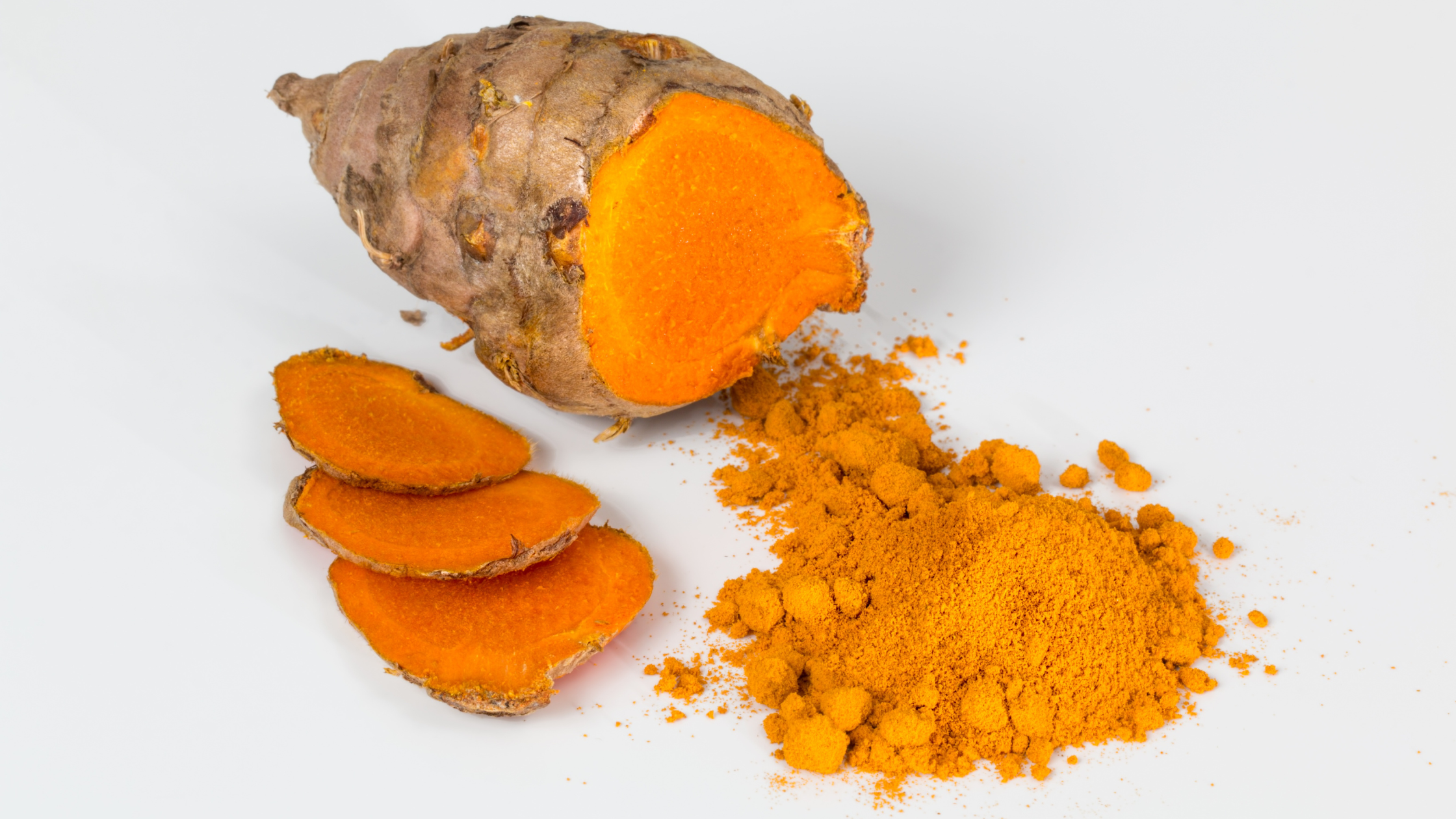
Lead Contamination in Turmeric: What You Need to Know
Table of Contents
The Growing Concern of Lead Contamination in Turmeric
Turmeric has been prized for centuries for its vibrant color, earthy flavor, and potential health benefits. It is widely used in cooking, traditional medicine, and supplements due to its active compound, curcumin. However, recent investigations have revealed a concerning issue—some turmeric products contain lead contamination.
Studies, including those conducted by researchers at Stanford University and other health organizations, have found that certain turmeric brands may contain dangerous levels of lead. Lead exposure, even in small amounts, is linked to neurological issues, developmental delays, and other health risks (Stanford University Report).
In this article, we’ll explore why lead contamination occurs, its potential health risks, and how to ensure the turmeric you buy is safe, high-quality, and free from harmful additives.
How Lead Ends Up in Turmeric
Lead contamination in turmeric is often not accidental but rather a result of intentional practices. Several factors contribute to this contamination, including:
Use of Lead Chromate to Enhance Color
Some turmeric suppliers deliberately add lead chromate, a toxic yellow pigment, to intensify the color of turmeric powder. This practice is particularly common in regions where turmeric is grown and processed for mass distribution.
Soil and Water Contamination
Turmeric plants absorb heavy metals from their environment. If the soil or irrigation water is contaminated with lead, the turmeric plant can accumulate high levels of this toxic metal (PubMed Study).
Poor Processing and Manufacturing Standards
Low-quality processing facilities may use improper cleaning methods, leading to cross-contamination with heavy metals during grinding, packaging, and storage.
Import and Regulatory Loopholes
Some imported turmeric products are not rigorously tested for heavy metals before reaching the market. While many countries have strict guidelines, gaps in regulatory oversight can allow contaminated products to enter the supply chain.
The Health Risks of Lead Exposure
Lead is a highly toxic heavy metal that accumulates in the body over time, even at low exposure levels. The World Health Organization (WHO) and the Centers for Disease Control and Prevention (CDC) state that there is no safe level of lead exposure, especially for young children and pregnant women.
Neurological and Cognitive Damage
Lead exposure is particularly harmful to brain development, with studies linking lead accumulation to learning disabilities, reduced IQ, memory impairment, and difficulty concentrating. In adults, lead toxicity can contribute to cognitive decline and increase the risk of neurodegenerative diseases (PubMed Study).
Cardiovascular Risks
Lead exposure is associated with high blood pressure and heart disease. Research suggests that lead can disrupt vascular function and increase oxidative stress, which contributes to hypertension and arterial damage (PubMed Study).
Kidney and Liver Toxicity
Long-term lead exposure can damage the kidneys and liver, as these organs play a major role in detoxification and heavy metal elimination. Over time, excessive lead levels may contribute to chronic kidney disease (CKD) and impaired liver function (PubMed Study).
Reproductive and Hormonal Disruptions
Lead has been linked to hormonal imbalances that may affect fertility, pregnancy outcomes, and testosterone levels in men. Pregnant women exposed to lead may face increased risks of miscarriage, preterm birth, and developmental disorders in infants (PubMed Study).
Given these risks, it’s essential to be mindful of the sources of turmeric and other foods to ensure they are free from lead contamination.
How to Identify Safe, Lead-Free Turmeric
To avoid exposure to contaminated turmeric, consumers should look for trustworthy brands that follow strict quality control measures. Here’s how to identify safe, high-quality turmeric:
Check for Third-Party Testing and Certifications
Reliable turmeric brands provide third-party testing results to confirm their products are free from heavy metals. Certifications to look for include:
- ✔ USDA Organic Certification – Ensures the turmeric was grown without synthetic chemicals.
- ✔ NSF or USP Testing – Confirms the supplement meets purity and safety standards.
- ✔ ConsumerLab or Labdoor Testing – Independent labs that analyze supplements for contaminants.
Buy from Reputable Brands with Transparent Sourcing
Look for turmeric brands that source their products from regions with strict agricultural standards. Some high-quality turmeric brands provide batch testing results on their websites to ensure purity.
Avoid Cheap or Unbranded Turmeric
Turmeric sold in bulk, especially without labeling or certifications, may have a higher risk of adulteration with lead chromate or other fillers. Stick to trusted suppliers that prioritize safety and transparency.
Consider Turmeric Supplements Instead of Raw Powder
Turmeric supplements made by high-quality manufacturers often undergo more rigorous testing than raw turmeric powder. Look for brands that provide standardized curcumin content and heavy metal testing results.
How to Choose High-Quality Turmeric
With the rising concerns over turmeric contamination, choosing safe, high-quality turmeric is crucial. Here’s how you can ensure you’re getting a pure and potent product.
Look for Certified Organic Turmeric
Certified organic turmeric is grown without the use of synthetic pesticides, heavy metal-laden fertilizers, or chemical additives. Buying USDA Organic or EU Organic certified turmeric reduces the risk of contamination.
Buy from Reputable Brands with Transparency
Reputable brands publish third-party lab test results and disclose their sourcing practices. Look for brands that provide:
- ✔ Batch-specific lab results showing heavy metal testing.
- ✔ Sourcing information indicating farms with sustainable and clean agricultural practices.
- ✔ No artificial additives—just pure turmeric.
Consider Turmeric Extracts with Standardized Curcumin
Turmeric root contains only about 3% curcumin, the active compound with most of its studied benefits. Choosing standardized turmeric extracts (95% curcuminoids) ensures a higher concentration of beneficial compounds.
Avoid Brightly Colored, Low-Cost Turmeric
If turmeric appears unnaturally bright yellow or has an artificially enhanced color, it may have added lead chromate. Cheap turmeric from unknown sources is more likely to be adulterated.
Frequently Asked Questions
1. Why is lead added to turmeric?
Some turmeric suppliers add lead chromate to enhance the yellow color of turmeric powder. This practice is illegal in many countries but still occurs in some regions due to loose regulations and lack of oversight.
2. How can I test turmeric for lead contamination at home?
While at-home test kits exist, the most reliable way to ensure your turmeric is safe is by purchasing third-party tested brands that provide heavy metal screening results.
3. Is organic turmeric always free of lead?
Organic certification reduces the risk but does not guarantee a product is free of lead. Even organic crops can be affected if grown in contaminated soil. Always look for brands that test for heavy metals.
4. How does lead affect turmeric supplements?
Some low-quality turmeric supplements may contain trace amounts of heavy metals due to poor-quality raw material sourcing. Always choose supplements that provide lab-tested purity certifications.
5. Which countries have the highest risk of lead contamination in turmeric?
Studies have found higher levels of lead contamination in turmeric imported from Bangladesh, India, and some regions of Southeast Asia. Turmeric from reputable U.S. and European manufacturers with strict testing is typically safer.
6. Can cooking remove lead from turmeric?
No, cooking does not remove lead. The only way to avoid lead exposure from turmeric is to buy from trusted brands that test for contaminants.
Final Thoughts on Lead Contamination in Turmeric
Turmeric is a widely used spice with numerous health benefits, but the growing concern of lead contamination makes it essential to be vigilant when choosing turmeric products. Lead exposure poses serious health risks, and low-quality turmeric may unknowingly contribute to long-term toxicity.
Key Takeaways
- ✔ Lead contamination in turmeric is often due to intentional adulteration with lead chromate to enhance color.
- ✔ Lead exposure can lead to neurological damage, cardiovascular issues, kidney toxicity, and developmental concerns.
- ✔ Always buy turmeric from trusted brands that provide third-party lab testing for heavy metals.
- ✔ Certified organic turmeric reduces the risk but does not guarantee purity—lab testing is essential.
- ✔ Avoid turmeric that looks overly bright yellow, as this may indicate artificial coloring with lead chromate.
By making informed choices, you can continue to enjoy the benefits of turmeric without the risks associated with contaminated products. Opt for third-party tested brands, organic sources, and reputable manufacturers to ensure safety and purity.









